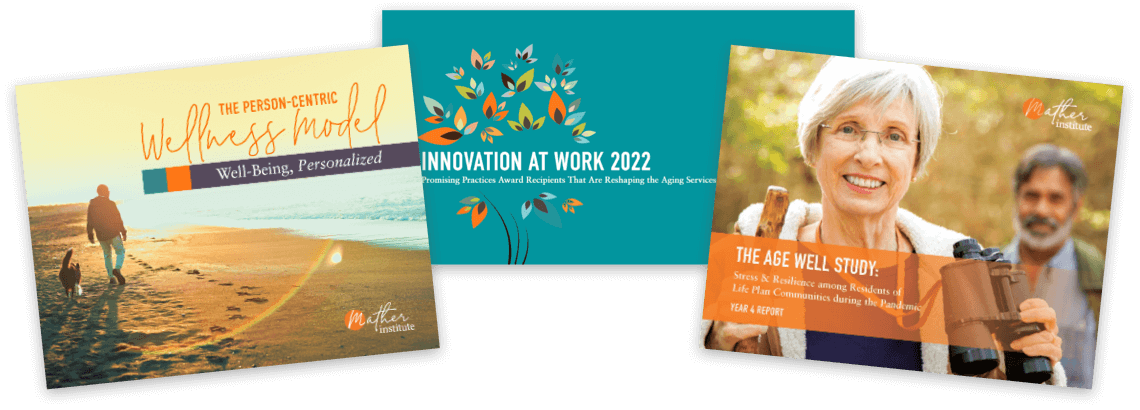In a study that earned a 2019 Mather LifeWays Innovative Research on Aging silver award, researchers investigated the role that physical fitness plays in developing Alzheimer’s disease.
Past research has shown that staying physically active is one of the most effective ways to maintain cognitive health. For this study, the researchers were interested in whether this is true for adults who carry a gene that places them at increased risk of developing Alzheimer’s disease. To test this, 54 sedentary adults age 50 to 64 were recruited to participate in a physical activity intervention. Only people who had engaged in less than 150 minutes of exercise per week for the past three weeks were included.
The intervention consisted of three physical activity sessions per week for eight months. At each session, participants performed aerobic and strength training exercises for about an hour. Participants’ cognitive performance and fitness level were assessed before the intervention, after four months of training, and at the end of the intervention. The researchers also tested participants for their genetic risk of developing Alzheimer’s disease; participants who carried the APOE gene were at increased risk, compared to those who did not carry the gene.
Overall, participants’ fitness level improved by the end of the intervention. In terms of cognitive changes, participants did not show improvements in attention, information processing, or executive function, but they did show improvements in memory after completing the physical activity intervention. This is mostly consistent with past research, but the interesting piece was that for each dimension of cognitive performance, there were no differences between APOE ɛ4 carriers and noncarriers. This means that physical activity was beneficial for cognitive health even in adults who are at risk of developing Alzheimer’s disease.
Some older adults who have a family history of Alzheimer’s disease may believe this condition is inevitable, and therefore don’t bother engaging in protective behaviors, such as exercise. By comparing APOE ɛ4 carriers and noncarriers, this study shows that those who become physically active can gain improvements in memory, regardless of their risk of cognitive decline.
Want to keep up with recent research that’s relevant to aging services? Use the form below to subscribe to our monthly InvestigAge email.
Source:


